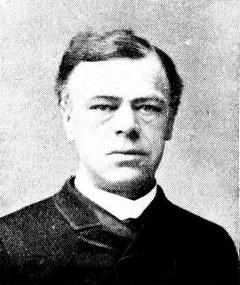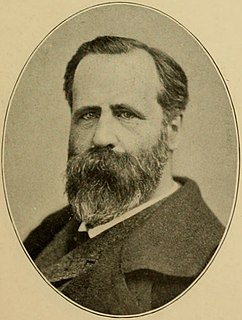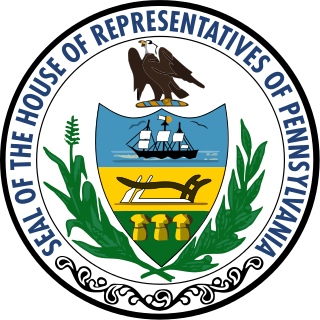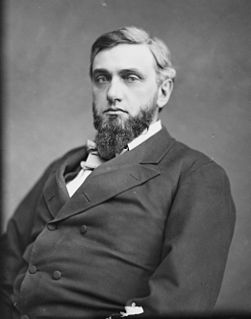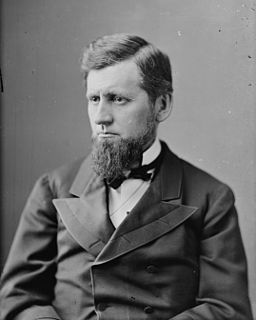| |||||||||||||||||||||||||||||
25 of the 76 seats in the U.S. Senate (as well as special elections) 39 seats needed for a majority | |||||||||||||||||||||||||||||
|---|---|---|---|---|---|---|---|---|---|---|---|---|---|---|---|---|---|---|---|---|---|---|---|---|---|---|---|---|---|
| |||||||||||||||||||||||||||||
| |||||||||||||||||||||||||||||
The United States Senate elections of 1886 and 1887 were elections that had the Republican Party lose two seats in the United States Senate. At the beginning of the 50th Congress, therefore, Republicans had the slimmest possible majority due to a vacant Democratic seat: 38 out of 75 seats. Once that vacancy was filled, Republicans maintained control as the single Readjuster Senator caucused with them.

The Republican Party, also referred to as the GOP, is one of the two major political parties in the United States; the other is its historic rival, the Democratic Party.

The United States Senate is the upper chamber of the United States Congress, which along with the United States House of Representatives—the lower chamber—comprises the legislature of the United States. The Senate chamber is located in the north wing of the Capitol, in Washington, D.C.

The Fiftieth United States Congress was a meeting of the legislative branch of the United States federal government, consisting of the United States Senate and the United States House of Representatives. It met in Washington, D.C. from March 4, 1887, to March 4, 1889, during the third and fourth years of Grover Cleveland's first presidency. The apportionment of seats in the House of Representatives was based on the Tenth Census of the United States in 1880. The Senate had a Republican majority, and the House had a Democratic majority.
Contents
- Results summary
- Change in Senate composition
- Before the elections
- After the elections
- At the beginning of the first session, December 7, 1887
- Race summaries
- Elections during the 49th Congress
- Races leading to the 50th Congress
- Elections during the 50th Congress
- New York
- Pennsylvania
- See also
- Notes
- References
As these elections were prior to ratification of the seventeenth amendment, Senators were chosen by State legislatures.

The Seventeenth Amendment to the United States Constitution established the popular election of United States Senators by the people of the states. The amendment supersedes Article I, §3, Clauses 1 and 2 of the Constitution, under which senators were elected by state legislatures. It also alters the procedure for filling vacancies in the Senate, allowing for state legislatures to permit their governors to make temporary appointments until a special election can be held.

A state legislature in the United States is the legislative body of any of the 50 U.S. states. The formal name varies from state to state. In 25 states, the legislature is simply called the Legislature, or the State Legislature, while in 19 states, the legislature is called the General Assembly. In Massachusetts and New Hampshire, the legislature is called the General Court, while North Dakota and Oregon designate the legislature the Legislative Assembly.


